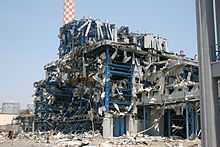
Markos Kyprianou is a Cypriot politician who served as Minister of Foreign Affairs until his official resignation on 19 July 2011, following the events of the Evangelos Florakis Naval Base explosion. A member of the Democratic Party, he was previously Cyprus's Minister of Finance from 2003 to 2004 and a European Commissioner from 2004 to 2008. He tendered his resignation as Commissioner on 29 February 2008 to become Foreign Minister in the government of President Dimitris Christofias; the resignation took effect on 3 March 2008, when his successor, Androulla Vassiliou, was confirmed as Commissioner.
There have been many extremely large explosions, accidental and intentional, caused by modern high explosives, boiling liquid expanding vapour explosions (BLEVEs), older explosives such as gunpowder, volatile petroleum-based fuels such as gasoline, and other chemical reactions. This list contains the largest known examples, sorted by date. An unambiguous ranking in order of severity is not possible; a 1994 study by historian Jay White of 130 large explosions suggested that they need to be ranked by an overall effect of power, quantity, radius, loss of life and property destruction, but concluded that such rankings are difficult to assess.
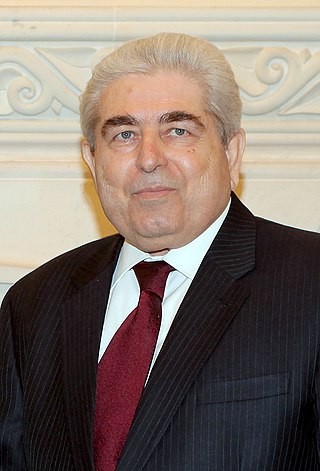
Demetris Christofias was a Cypriot politician, who served President of Cyprus from 2008 to 2013. He was previously President of the House of Representatives from 2001 to 2008 and General Secretary of the Progressive Party of Working People from 1988 to 2009.
Zygi is a small village on the south coast of Cyprus, between Limassol and Larnaca. Before 1974, Zygi had a mixed Greek- and Turkish-Cypriot population.

The Electricity Authority of Cyprus (EAC) was founded in 1952 by the British colonial government. The 28 private electricity companies of the time were nationalized and absorbed into the EAC. The Authority never received any subsidies from the government as these have always been prohibited by law. Its head office is located in Strovolos. The EAC currently holds a near monopoly on electricity generation in Cyprus. It operates through three power stations with a total capacity of 1460 MW:

Vasilikos Power Station is the newest power plant of Electricity Authority of Cyprus. Located between Larnaca and Limassol and with an installed capacity of 640 MW, it was still under development prior to the Evangelos Florakis Naval Base explosion of 11 July 2011.
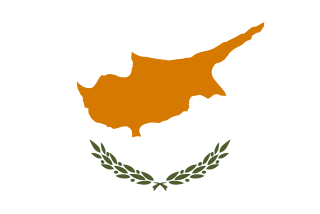
The following outline is provided as an overview of and topical guide to Cyprus:
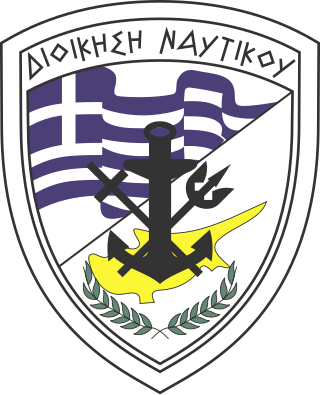
The Cyprus Naval Command is the armed sea wing of the Cyprus National Guard. The Cypriot Navy has the primary mission of defending the maritime borders of the Republic of Cyprus, but is currently unable to access the waters around Northern Cyprus, which have been controlled by the Turkish Navy since the 1974 Turkish invasion of Cyprus. This force does not possess any capital ships or other major warships, but is equipped with patrol boats, landing craft, surface-to-surface missile systems and integrated radar systems, as well as SEALs-type naval underwater demolitions units.
A sympathetic detonation, also called flash over or secondary/secondaries (explosion), is a detonation, usually unintended, of an explosive charge by a nearby explosion.
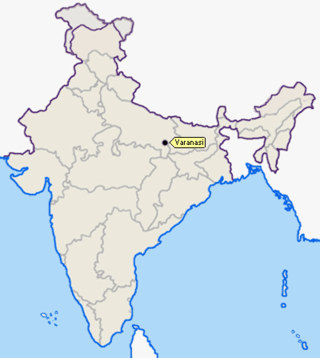
The 2010 Varanasi bombing was a blast that occurred on 7 December 2010, in one of the holiest Hindu cities, Varanasi. The explosion occurred at Sheetla Ghat, adjacent to the main Dashashwamedh Ghat, where the sunset aarti, the evening prayer ritual to the holy river, Ganges had commenced, on these stone steps leading to it, where thousands of worshipers and tourists had gathered. It killed a two-year-old girl, sitting on her mother's lap, the mother was one of three critically injured, more than 38 other people were injured. In the ensuing panic after the blast, a railing broke causing a stampede leading to an increase in the number of injuries. The bomb was hidden inside a milk container on the Sheetla Ghat. The blast occurred a day after the anniversary of the 1992 Babri Masjid demolition, in which a mosque was demolished at Ayodhya leading to nationwide religious riots killing over 2,000 people. Subsequently, the Islamist militant group, Indian Mujahideen, claimed responsibility of the blast, via email to Indian media. This is also the second terrorism-related incident in the city which was rocked by the serial blasts of 2006, in which 28 people were killed, it included an explosion at the Sankatmochan Temple, some two kilometres away.
Costas Papacostas was the Cypriot Minister of Defence from 2008 to 2011. Following the Evangelos Florakis Naval Base explosion he resigned as Minister of Defence and was succeeded by Demetris Eliades, the Minister of Agriculture. In July 2013 he was found guilty of manslaughter, with the court saying he “closed his eyes to the danger” regarding the storage of explosives, for which he received a sentence of 5 years imprisonment.

The Evangelos Florakis Naval Base is a Cyprus Navy base, situated on the island's southern coast adjacent to the Vasilikos industrial area and power plant, near Zygi, between Limassol and Larnaca.
Andreas Ioannides was the head of the Cyprus Navy until his death in the Evangelos Florakis Navy Base explosion, which took place at the Evangelos Florakis Navy Base on 11 July 2011.
Evangelos Florakis was a Greek Army officer who rose to the rank of lieutenant general. After retiring from the Hellenic Army, from 2000 until his death in a helicopter accident in 2002 he commanded the Cypriot National Guard.
Defence Munitions Gosport is a defence munitions site situated on the southwestern shores of Portsmouth harbour, southeast of Fareham in Hampshire, England. The site occupies about 470 acres. Its facilities include two Integrated Weapon Complexes (IWCs), 24 processing rooms and 26 explosives stores. The site employs some 270 staff.
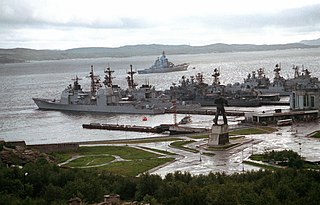
The Severomorsk Disaster was a deadly series of munitions fires that resulted in the detonation and destruction of large amounts of munitions that lasted from May 13 to 17, 1984, within the Okolnaya naval munitions depot, near the Severomorsk Naval Base. The detonation occurred in the Northern Russian "closed" town of Severomorsk, over 900 miles from the Russian capital Moscow.

Parliamentary elections were held in Cyprus on 22 May 2016 to elect 56 of the 80 Members of the House of Representatives.
Military bases on the island of Cyprus:
Events in the year 2011 in Cyprus.



